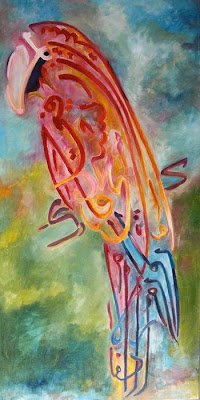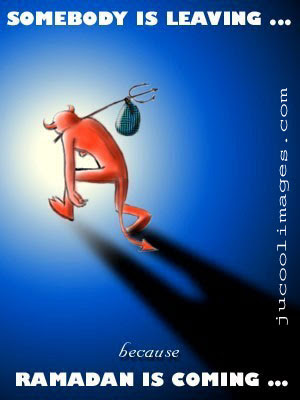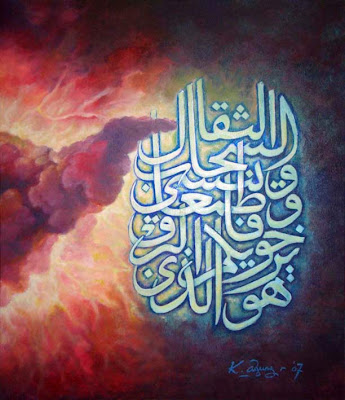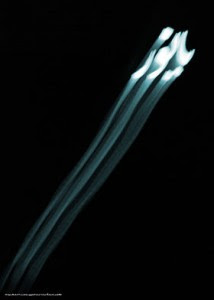Islamic Chinese Caligrafi
Islamic Chinese Caligrafi
Islamic Chinese Caligrafi
Pharisee-style calligraphy
Label: Islamic calligraphy painting
Diwani calligraphy style
Label: Islamic calligraphy painting
Jali Diwani calligraphy style
Label: Islamic calligraphy painting
Raihani Style calligraphy

Style calligraphy certificate (Raihani) is a combination of styles Tsuluts and Naskhi, which was developed by the Ottoman calligrapher Daula. This style commonly used for writing diploma from a calligraphy teacher to pupil. Tsuluts characters such as letters, but more modest, less frills, and written unusual overlap (murakkab).
Label: Islamic calligraphy painting
Riq'ah Calligraphic style
Label: Islamic calligraphy painting
Moalla calligraphy style
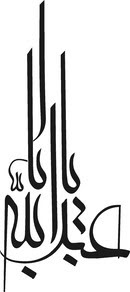
Although not well known, Moalla calligraphy style is the style that is not standard, and are not included in the guide books calligraphy general circulation. Although not so well known, calligraphy is still included in the list of the types of calligraphy in the Arabic wikipedia, classified as part of a growing type of calligraphy in Iran. Calligraphy was introduced by Hamid Ajami, a Tehran-born calligrapher.
Label: Islamic calligraphy painting
Naskhi Calligraphic
Label: Islamic calligraphy painting
Tsuluts Calligraphy
 Like Kufi style, calligraphy style Tsuluts introduced by Ibn Muqlah who is a minister (wazii) at the time of the Abbasid Caliphate. Tsuluts style calligraphy is very ornamental, with lots of frills and easy to shape in a particular composition to meet the writing space is available. The work style of calligraphy using Tsuluts can be written in the form of the curve, with tapered head and sometimes written in a style that continues strong and the intersection. Because of the beauty and flexibility of this, many Tsuluts style ornaments used as mosque architecture, book covers, and interior decoration.
Like Kufi style, calligraphy style Tsuluts introduced by Ibn Muqlah who is a minister (wazii) at the time of the Abbasid Caliphate. Tsuluts style calligraphy is very ornamental, with lots of frills and easy to shape in a particular composition to meet the writing space is available. The work style of calligraphy using Tsuluts can be written in the form of the curve, with tapered head and sometimes written in a style that continues strong and the intersection. Because of the beauty and flexibility of this, many Tsuluts style ornaments used as mosque architecture, book covers, and interior decoration.Label: Islamic calligraphy painting
Kufi Calligraphy
Label: Islamic calligraphy painting
rules and techniques on calligraphy
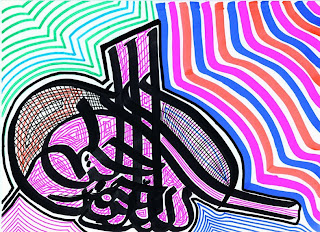 Calligraphy has special rules and techniques in the process. Not only the techniques of writing, but also on color selection, material, medium, until the pen.
Calligraphy has special rules and techniques in the process. Not only the techniques of writing, but also on color selection, material, medium, until the pen.
Technically, calligraphy is also very dependent on the geometry principles and rules of balance. Rules of this balance is fundamentally supported by the letter alif and a marker point and differentiator for some Arabic letters.
Although the development appears hundreds of calligraphic writing styles, not all of these styles survive until today. There are nine styles of calligraphy are popular writing known to the art lovers of calligraphy;
1. Kufi
2. Tsuluts
3. Naskhi
4. Riq'ah
5. Ijazah (Raihani)
6. Diwani7. Diwani Jali
8. Farisi
9. Moalla
Devine of Calligraphy
One form of the beauty of the Qur'an is the art of writing beautiful or often called Calligraphy. Calligraphy created and developed by the Muslims since the arrival of Islam. Compared to other Islamic art, calligraphy obtain the highest position and is an expression of Islamic spirit that is very typical. Therefore, calligraphy is often referred to as the 'art Islamic art' (the art of Islamic).
Although calligraphy works identical to the Arabic script, calligraphy word itself comes from the Greek (kalios: beautiful and Graphia: writing). Meanwhile, the Arabic mengistilahkannya with khatt (text or line) is aimed at the beautiful writing (al-al-jamilah kitabah or al-khatt al-jamil).
Arabic calligraphy roots are actually Egyptian hieroglyphic writings which later split into khatt Feniqi (Phoenician), Aramaic (Aramaic), and Musnad (a book that includes all kinds of hadith). According to al-Maqrizi, an expert on the history of the 4th century, Arabic calligraphy was first developed by the community Himyar (tribes who inhabited the Arabian Peninsula southwestward around 115-525 BC). Musnad an ancient Arabic calligraphy that developed first of the many types khatt used by the community Himyar. Musnad of the old writings that developed in Yemen, was born khatt Kufi.
Label: Islamic calligraphy painting
Islamic Calligraphy
Label: Islamic calligraphy painting
When Hand Written Calligraphy No More
The answer is the computer.
You've never known kelk 2007 program? With this program, calligraphy can be made very well. Although not selentur hand calligraphy works, kelk program has the ability to create beautiful letters. Unlike written arabic fonts through the Arab-based computers that are still stiff, Kelk programs have flexibility in preparing the letter.
Take a look at the writings of Al-Fatihah letter below. Beautiful is not it?
FATIHAH-kelk
Kelk program is designed to write calligraphy. Though less so perfect in the writing of calligraphy overlapping types tsuluts, Kelk has the advantage in writing or hot type ta'liq typical ta'liq Iran.
See also the example below:
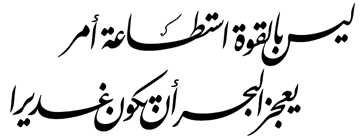
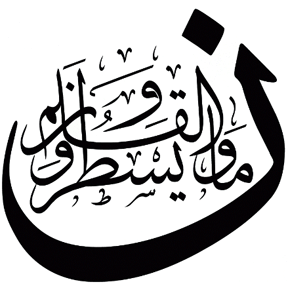

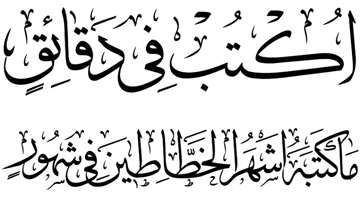
On the Internet, a lot of illegal software in circulation is the previous version, namely Kelk 2000. Unfortunately this program can only be installed on Windows XP-based Arabic. I've installed on Windows XP, can not write letters for the English-based keyboard. May need to install the Arabic language?
You never used this program?
Label: info, Islamic calligraphy painting
Japanese artists with Arabic Calligraphy Specialties

Interest to Kouichi Honda arabic calligraphy began about 30 years ago when he worked in Saudi Arabia as a translator. Now, in addition to its popularity in Japan is increasing, Honda is also known as a calligrapher international arab. Calligraphy works exhibited regularly in Japan and has a rapidly growing student.
Honda's work is often applied in a bright background is not like the classic Japanese calligraphy written on a plain background or a pastel.
Honda studied Arabic in college, until the late 1960s when he took a job in Saudi Arabia as a translator for a Japanese company that makes a map for the Ministry of Petroleum and Mineral Resources Kingdom of Japan. When he returned to Japan, he continued to practice what he had learned from the calligrapher who accompany the map-making expedition, in charge of writing the names of the sand hills and dry rivers in the map.
Label: info, Islamic calligraphy painting, news







